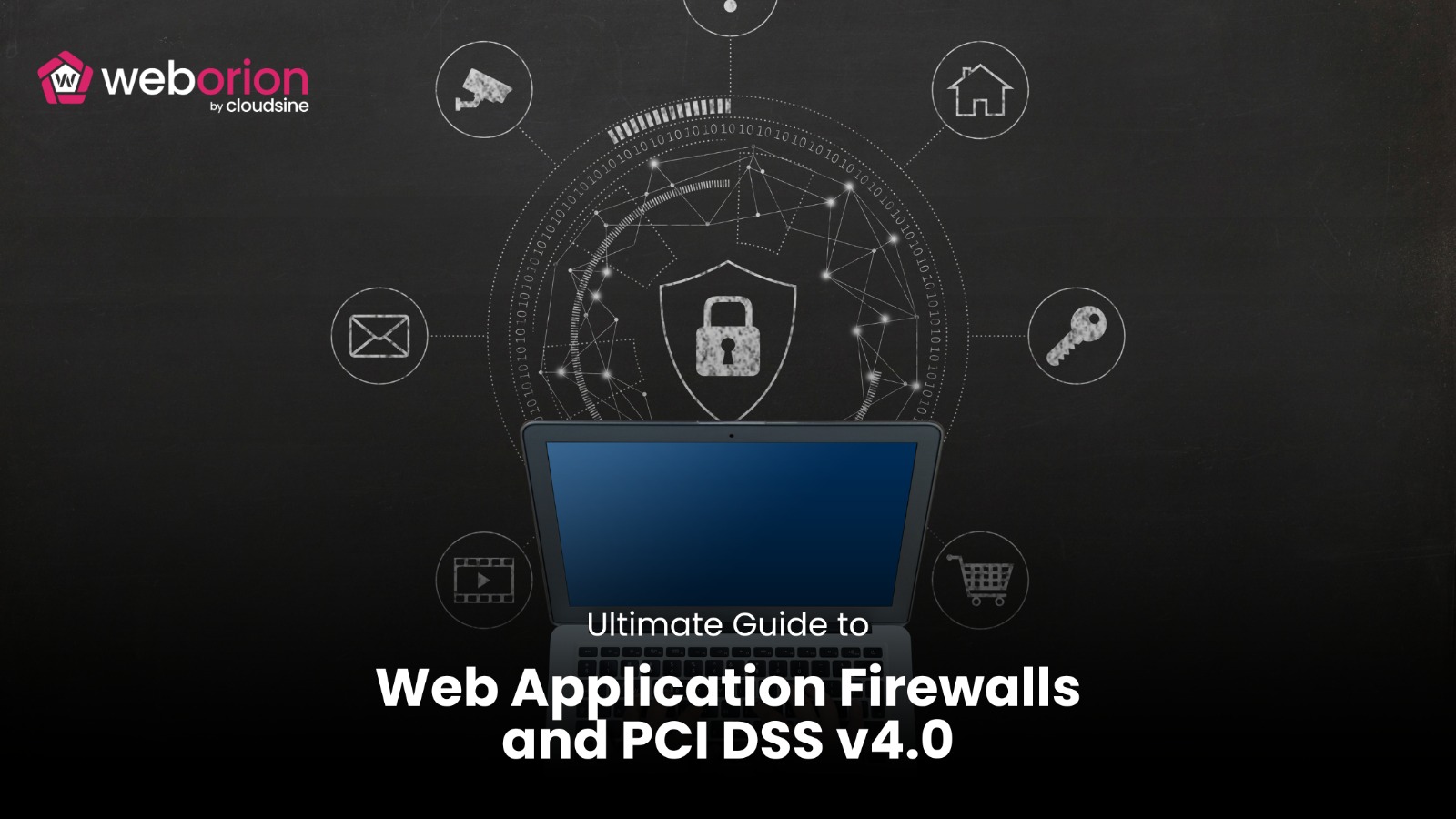Compliance with the Payment Card Industry Data Security Standard (PCI DSS) is generally required for businesses which store, transmit or process cardholder data. In May 2022, the PCI Security Standards Council released the latest standards for securing cardholder data – PCI DSS version 4.0.
This guide explores the intersection of Web Application Firewalls (WAFs) and PCI DSS v4.0, providing insights into how WAFs help businesses meet these stringent requirements.
Evolution from PCI DSS v3.2.1 to v4.0
PCI DSS v4.0 represents a significant update from v3.2.1, reflecting the evolving landscape of cybersecurity threats and technological advancements.
The transition to version 4.0 began in 2022, with organisations expected to comply fully with the new requirements by 31st March 2025.
Role of WAFs in PCI DSS Compliance
WAFs are essential for meeting PCI DSS Requirement 6.4.2, which mandates the development and maintenance of secure systems and applications.
But first, let’s dive into what exactly a WAF is. A WAF is a security solution designed to protect web applications by filtering and monitoring HTTP/HTTPS traffic. Unlike traditional firewalls that guard the network perimeter, WAFs focus on the application layer, providing specialised protection against web-based threats.
They act as a shield, preventing malicious traffic from reaching the application and ensuring the integrity and confidentiality of data.
Understanding Requirement 6.4.2
Under this new requirement, security solutions such as WAFs are mandatory to protect public-facing web applications against attacks.

Choosing the Right WAF
Selecting a WAF which meets the minimum requirements is crucial for effective PCI DSS compliance. WebOrion® Protector easily meets these requirements:
1. Installed in Front of Public-facing Web Applications
WebOrion® Protector can be flexibly deployed on-premises, SAAS, or virtual appliance, ensuring protection from cyber threats regardless of where your web applications operate

2. Continuous Detection and Protection
WebOrion® Protector can be operated in either the detection only or blocking mode
- Detection only: No other action will take place even if the check fails
- Blocking: If the check fails, an event is logged, and the HTTP response will be provided with an error code
3. Up-to-date with Emerging Threats
WebOrion® Protector’s managed rulesets are updated regularly, depending on the evolving threat landscape. These updates ensure that the website firewall protection remains effective against the latest cyber threats, addressing newly discovered vulnerabilities and attack methods. Regular rule updates are necessary to maintain consistent protection.
WebOrion® Protector: Key Features
Besides compliance requirements, here are other features of WebOrion® Protector that make it a good choice for organisations.
1. Protection Against the OWASP Top 10
Repel the OWASP Top 10 web application security risks with WebOrion® Protector’s intelligent anomaly-scoring, heuristics and signature-based WAF engine. Effectively discern between good and malicious traffic, and block common web attacks such as SQL injections, cross site scripting, file inclusions and code injections.
2. Prevent Data Breaches and Attacks
Proactively mitigates attack vectors like SQL injection, cross-site scripting and data exfiltration attacks to reduce the risk of data breaches happening to critical web applications and API deployments.
3. Seamless Virtual Patching for Zero-Day Threats
With the ability to apply rule updates on the fly, WebOrion® Protector enables rapid adaptation to zero-day threats such as log4j without disrupting your applications.
Conclusion
With PCI DSS v4.0, WAFs are indispensable for securing web applications and ensuring PCI DSS compliance. For businesses seeking robust protection, WebOrion® Protector offers advanced features and seamless integration. Schedule a demo with us and experience its capabilities firsthand.

